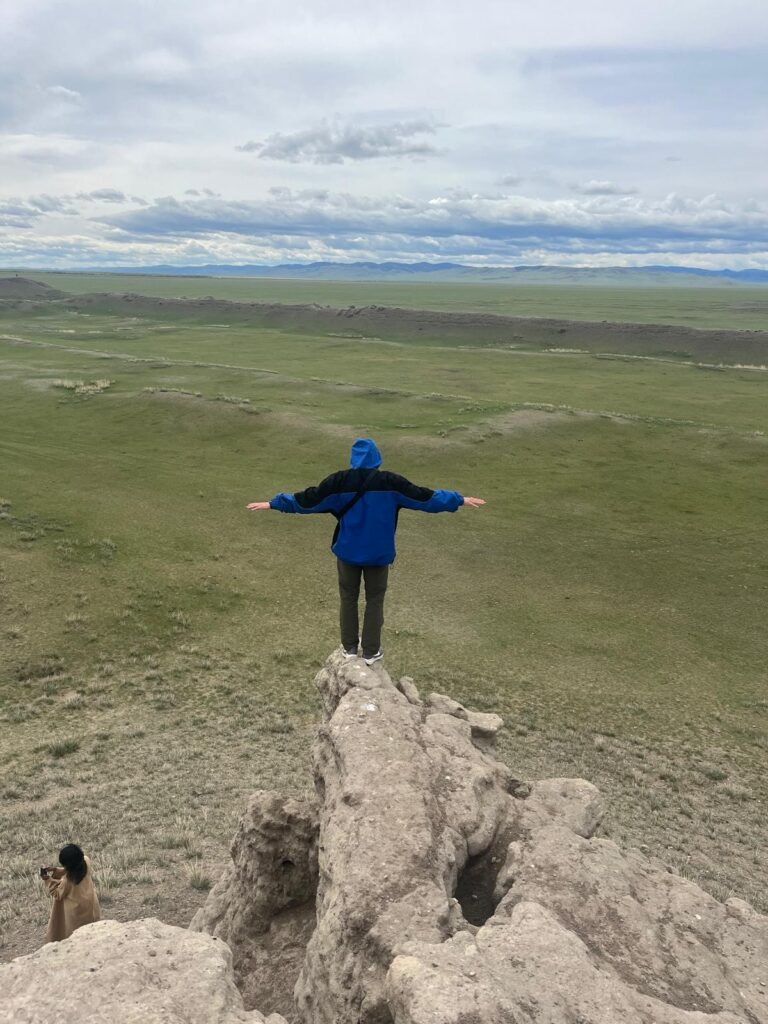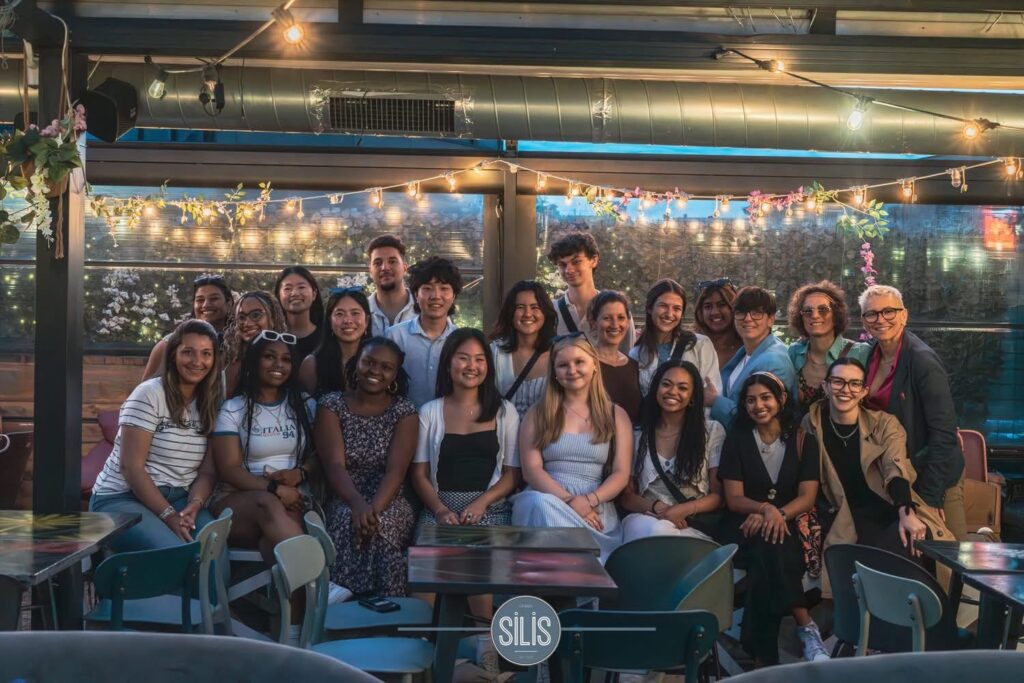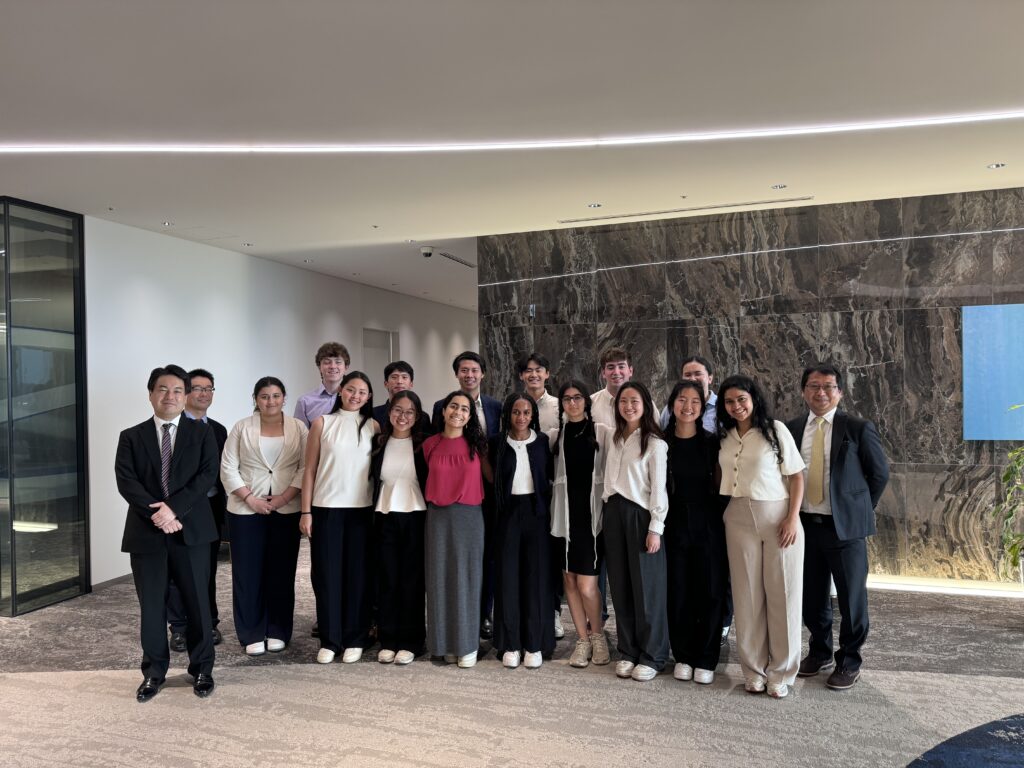
Waiheke Island Log
Maria Osegueda (CAS ’27)
GRIP: Social Sciences and Humanities Research in Auckland, New Zealand
During my first week in Auckland, New Zealand, our student cohort visited Waiheke Island, where we stayed at a Marae and participated in traditional rituals within Māori culture.
To enter the Marae we needed to be introduced by our guide, who already formed part of this particular Marae’s community. We then chose a representative within our group to express gratitude to the people of the Marae for letting us enter this sacred space and teach us about their traditions. During this presentation we had to learn a song and sing it for our hosts, after which, they also sang for us! With the introduction ceremony our group can now revisit the Marae at any point in time without the need of re-introduce ourselves.
It’s important to note that being introduced to one Marae does not give us access to others, each person needs to be introduced to each respective Marae. Our hosts showed us how Māori communities supported each other by using the Marae as a center of community services and care. For example, this particular Marae had a building allocated to provide free medical care for those involved. The Marae also harvested seasonal vegetables and fruits which were used to cook meals for guests of the Marae (like us!) and to give out to other members. Some people in our group went out to swim and canoe, but another group of us chose to go visit the surrounding beach town to pick seashells. Throughout our time in Waiheke, I collected over twenty different types of shells! New Zealand is home to over 3,600 different species of shells, which meant that every coastal location we visited throughout our trip had a wide variety of wildlife to enjoy.
After we had dinner, we chose to stay up late drinking tea and coffee to go look at the constellations. Due to the low levels of light pollution, we could see every star in the night sky. So, we walked up to the shore, which had gone back by miles, and walked far beyond the coastline. There, we stood on the stand and looked up to the Southern Cross, a constellation only visible in the Southern hemisphere and a symbol used in New Zealand’s flag.
Under the dark blue night, we could see nothing around us but the beauty of the stars uninterrupted by civilization. We stood underneath the same stars that Māori people used hundreds of years ago to navigate the oceans. In that moment, it felt like time could collapse all around us, and we were nothing but witnesses of the world as it has changed.
Read Related Blogs

What the Wind Knows: Notes from the Steppe
PGS: Mongolian Civilization: Nomadic and Sedentary Will, one of the Penn Global Seminar Correspondents, shares his experience abroad during the May 2025 travel period. Follow along with the group of correspondents on our blog and…

A Thank You Letter to Penn and the World
PGS: Disability Rights and Oppression: Experiences within Global Deaf Communities Tasmiah, one of the Penn Global Seminar Correspondents, shares her experience abroad during the May 2025 travel period. Follow along with…

In the Absence of Certainty
PGS: Rivalry, Competition and International Security in Northeast Asia Lala, one of the Penn Global Seminar Correspondents, shares her experience abroad during the May 2025 travel period. Follow along with the…